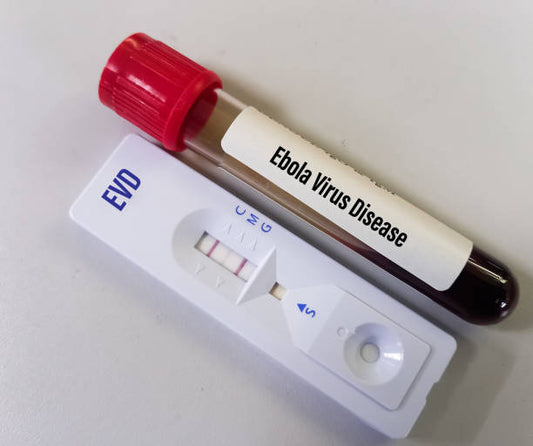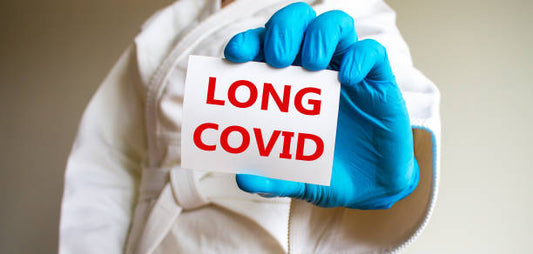The acronym LGBTQ+ stands for Lesbian, Gay, Bisexual, Transgender, Queer (or Questioning), and the plus sign (+) represents the inclusivity of various identities that fall under the broader umbrella of sexual orientations, gender identities, and expressions. This community is diverse, and each letter represents a distinct aspect of human identity and experience.
Definitions:
-
Lesbian: Refers to women who are emotionally, romantically, and/or sexually attracted to other women.
-
Gay: Refers to men who are emotionally, romantically, and/or sexually attracted to other men. It is also used as an umbrella term for the entire community.
-
Bisexual: Describes individuals who are attracted to people of more than one gender, which may include both their own and other genders.
-
Transgender: Describes individuals whose gender identity differs from the sex they were assigned at birth.
-
Queer: Originally a term used pejoratively, it has been reclaimed by many in the community. It's often used as an umbrella term for those who don't identify as heterosexual or cisgender.
Inclusive Terms and Concepts:
-
Intersex: Describes individuals born with physical or biological sex characteristics that do not fit typical definitions of male or female.
-
Asexual: Describes individuals who experience little or no sexual attraction to others.
-
Pansexual: Describes individuals attracted to people regardless of their gender identity or biological sex.
-
Non-Binary: Describes gender identities that do not exclusively align with the traditional binary concept of male or female.
Key Principles and Advocacy:
-
Equality: Advocates for equal rights, treatment, and opportunities for all individuals, regardless of their sexual orientation or gender identity.
-
Inclusivity: Emphasizes the importance of creating environments that respect and include people of all sexual orientations and gender identities.
-
Visibility: The LGBTQ+ community advocates for visibility to increase awareness, challenge stereotypes, and foster understanding.
-
Anti-Discrimination: Works towards the elimination of discrimination, prejudice, and violence based on sexual orientation or gender identity.
Challenges and Progress:
-
Legal Recognition: Many countries have made strides in recognizing and protecting the rights of LGBTQ+ individuals, but challenges persist, particularly in regions where discrimination is still widespread.
-
Mental Health: LGBTQ+ individuals may face higher rates of mental health issues due to societal stigma. Advocacy includes promoting mental health awareness and support.
-
Community Building: Building supportive communities is crucial for the well-being of LGBTQ+ individuals, providing spaces where they can express themselves without fear of judgment.
Conclusion:
Understanding the diversity within the LGBTQ+ community is essential for fostering inclusivity and promoting equality. Ongoing advocacy, education, and open dialogue contribute to creating a world where everyone, regardless of their sexual orientation or gender identity, can live authentically and with dignity.











